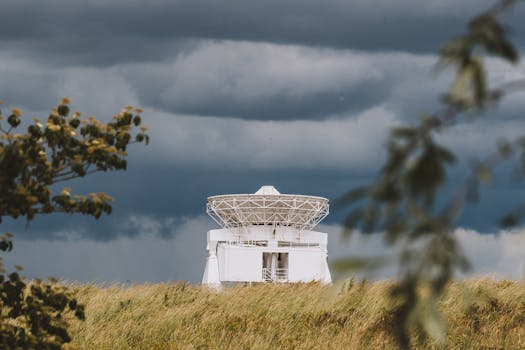GEO Satellites: Unlocking the Power of Geostationary Orbit
GEO satellites are a crucial part of modern telecommunications, providing a wide range of services including television broadcasting, telecommunications, and weather forecasting. In this article, we will delve into the world of GEO satellites, exploring their history, technology, and applications.

GEO Satellites: Unlocking the Power of Geostationary Orbit
Introduction to GEO Satellites
GEO satellites, or Geostationary satellites, are a type of satellite that orbits the Earth at an altitude of approximately 36,000 kilometers above the equator. At this height, the satellite’s orbital period is synchronized with the Earth’s rotational period, allowing it to remain stationary in the sky. This unique characteristic makes GEO satellites ideal for a variety of applications, including television broadcasting, telecommunications, and weather forecasting.
The concept of GEO satellites was first proposed by science fiction writer Arthur C. Clarke in 1945. However, it wasn’t until the launch of the first geostationary satellite, Syncom 2, in 1963 that the technology began to take shape. Since then, thousands of GEO satellites have been launched, providing a wide range of services to people around the world.
How GEO Satellites Work
GEO satellites work by transmitting and receiving signals to and from Earth-based stations. The satellite acts as a repeater, amplifying the signal and re-transmitting it back to Earth. This allows the signal to be received by a wide area, making it possible to provide services such as television broadcasting and telecommunications to a large number of people.
The technology behind GEO satellites is complex and involves a number of different components. The satellite itself is made up of a number of different systems, including a power system, a communication system, and a propulsion system. The power system provides the energy needed to power the satellite’s systems, while the communication system allows the satellite to transmit and receive signals. The propulsion system is used to maintain the satellite’s orbit and make any necessary adjustments.
Applications of GEO Satellites
GEO satellites have a wide range of applications, including television broadcasting, telecommunications, and weather forecasting. They are also used for navigation, military communications, and scientific research.
One of the most significant applications of GEO satellites is television broadcasting. GEO satellites are used to transmit television signals to a wide area, making it possible to provide television services to people in remote or underserved areas. They are also used to provide telecommunications services, such as telephone and internet connectivity, to people in these areas.
Conclusion
In conclusion, GEO satellites are a crucial part of modern telecommunications, providing a wide range of services including television broadcasting, telecommunications, and weather forecasting. Their unique characteristics, such as their geostationary orbit and ability to transmit and receive signals, make them ideal for a variety of applications. As technology continues to evolve, it is likely that GEO satellites will play an even more important role in the future of telecommunications.



